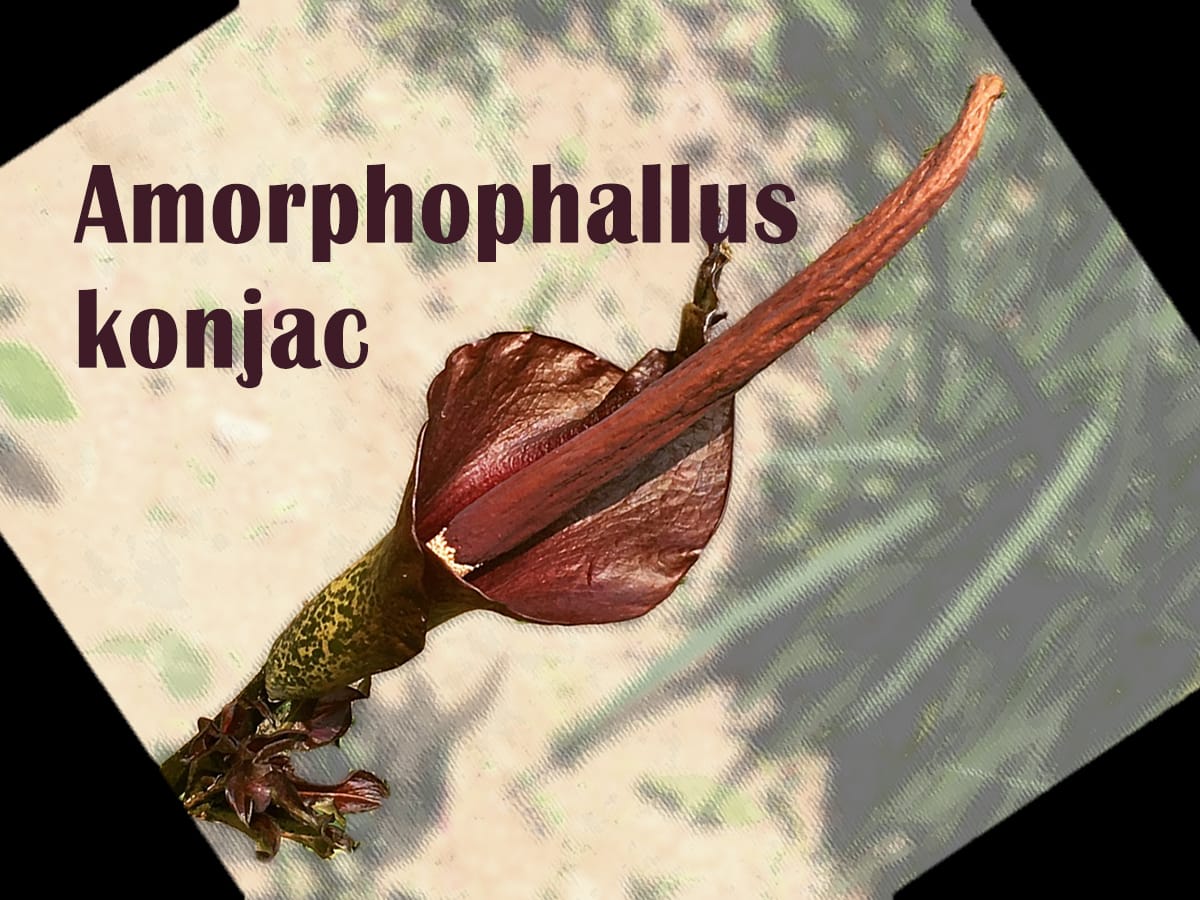
Source: 黒猫2016 Kuroneko 2016 | © PIXTA (Image tilted to show the entire plant)
Its flowers smell like rotting flesh and Japanese people eat this plant’s roots all year round
Related Article
-
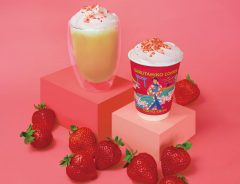
Japan’s artisanal Sarutahiko Coffee releasing Flower Strawberry Latte for spring
-
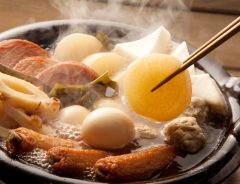
Realistic oden hotpot bath bombs released in Japan to provide a bath time stew
-
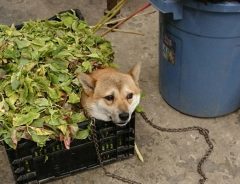
Dog Decides That Japanese Flower Shop Delivery Schedule Will Run On His Watch
-

Give Your Hairstyle An Elegant Touch With These Handmade Floral Hairpins
-
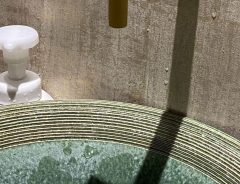
Japanese oden restaurant comes up with ingenious design for its sink faucets
-

Hydrangea Heel Shoes Will Have You Walking On A Beautiful Bed Of Flowers


Konjac below ground: a healthy, vesatile food
For those who are visiting Japan for the first time, some foods like yakitori chicken skewers, a simple bowl of ramen or pork tonkatsu with shredded cabbage are usually easy to try since it is rather obvious what they are made from. However, that leaves many foods which are the complete opposite.
One such food that may perplex first-time visitors is konjac (konnyaku). Most commonly presented as cakes with a firm, chewy and somewhat bouncy consistency (as seen below), konjac is a healthy and versatile food.
masa | © PIXTA
Although many people know that the starchy corms (pictured below) are the part of the plant used to make flour and turn into cakes and jellies, less commonly known is the plant's striking appearance above ground.
Sebastian Stabinger, CC BY-SA 3.0, via Wikimedia Commons
Konjac above ground: striking appearance, fowl smell
Also known as devil's tongue, or voodoo lily, among other things, the konjac plant (scientific name Amorphophallus konjac) is native to Yunnan in China and also cultivated in Southeast Asia in addition to Japan.
It has a single leaf up to 1.3 m (4 ft) across, divided into numerous leaflets and a very impressive flower with a dark purple spadix (spike) that can reach up to 55 cm (22 in) in length.
James Steakley, CC BY-SA 3.0, via Wikimedia Commons
As impressive as it looks, you may want to cover your nose if you approach a konjac in bloom. It relies on carrion flies as its natural pollinators, so it produces the odor of rotting flesh to attract them.
But rest assured. None of that fowl odor is present in the corm from which konjac food products are made.
Konnjac (蒟蒻 konnyaku in Japanese) cakes are not only featured in various side dishes along with other vegetables and meat or fish, deliciously seasoned with things like soy, sake and mirin, but also stew like oden which is very popular in winter. In such cases, the cakes are often cut into triangles, as you can see below.
Photo by grape Japan
In fact, konnyaku is a closer part of your life than you may imagine. Just look at your smartphone. It's part of the skewer of oden which is featured as an emoji, like this:
?
See the triangle at the tip? You might be able to see if more clearly in other versions of it. The Facebook version is the most detailed. Here it is on an iPhone:
Konnyaku is also eaten like sashimi, and can be made into noodles, known as しらたき shirataki or 糸こんにゃく ito-konnyaku. These noodles are particularly appreciated by people with allergies or intolerances to wheat, gluten or eggs. For example, here are some shirataki noodles in a delicious-looking bowl of beef sukiyaki on rice:
しまじろう Shimajirō | © PIXTA
Finally, although young children and the elderly should be careful when eating them as they may pose a choking hazard, fruit jellies made with konjac are still manufactured and found in Japanese supermarkets. They're a low-diet alternative to rich desserts when you're hungry.
The next time you're in Japan, why don't you try some konjac?